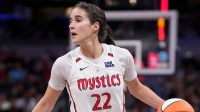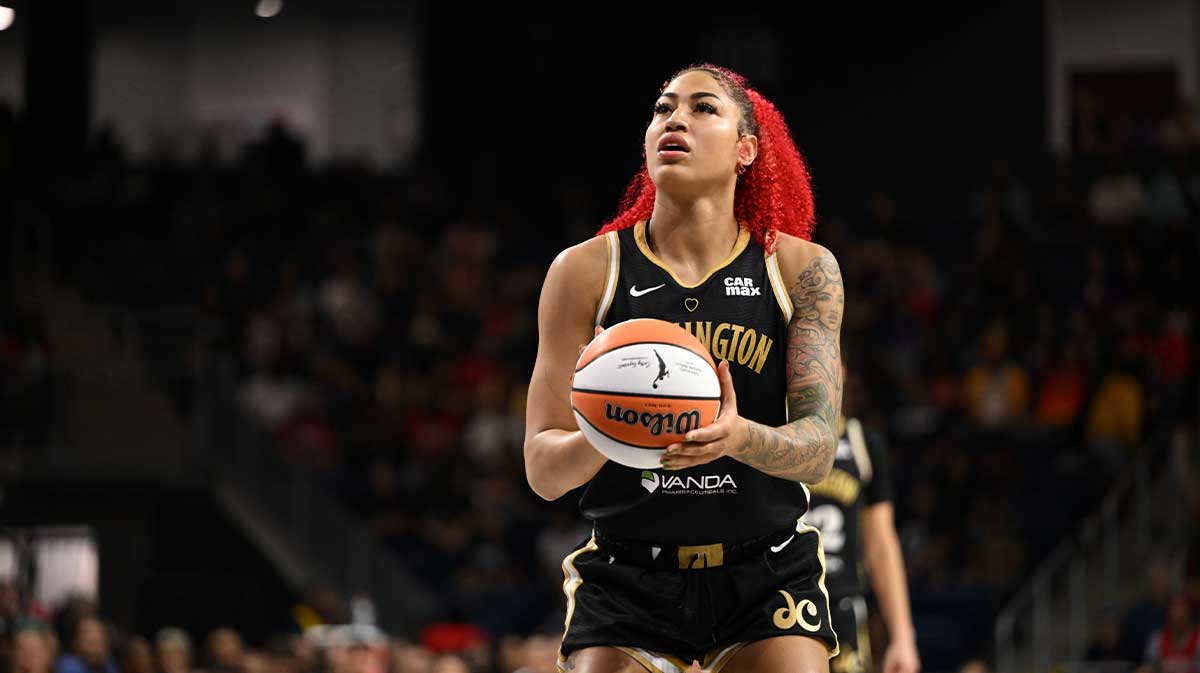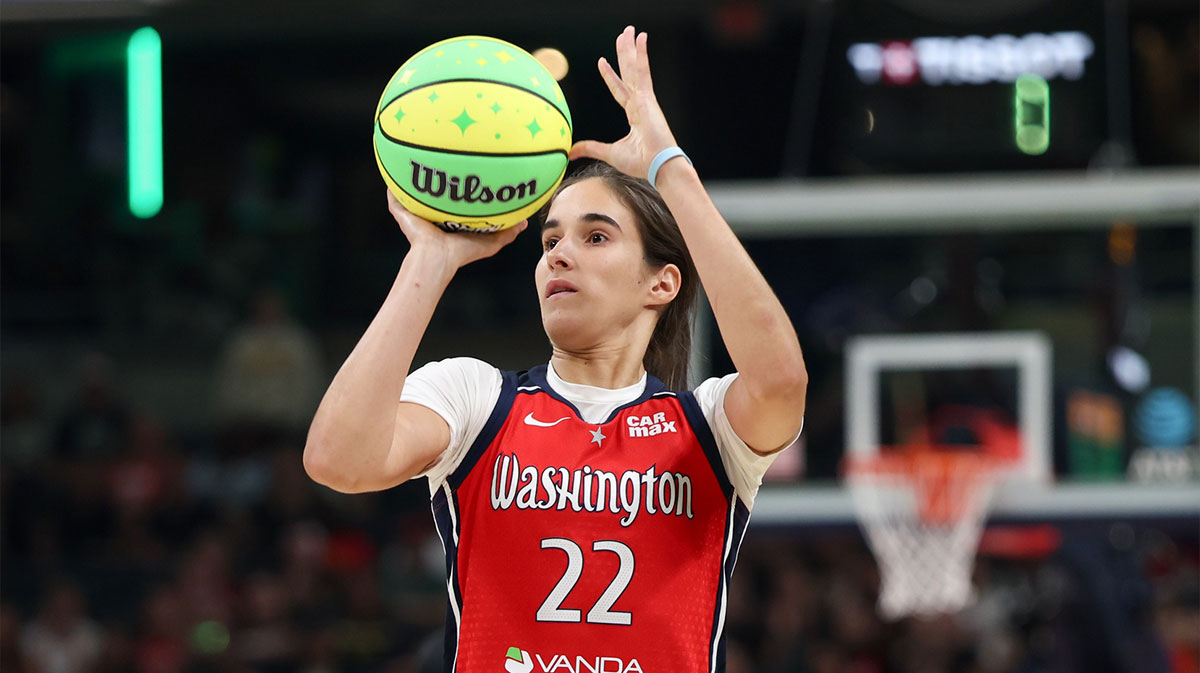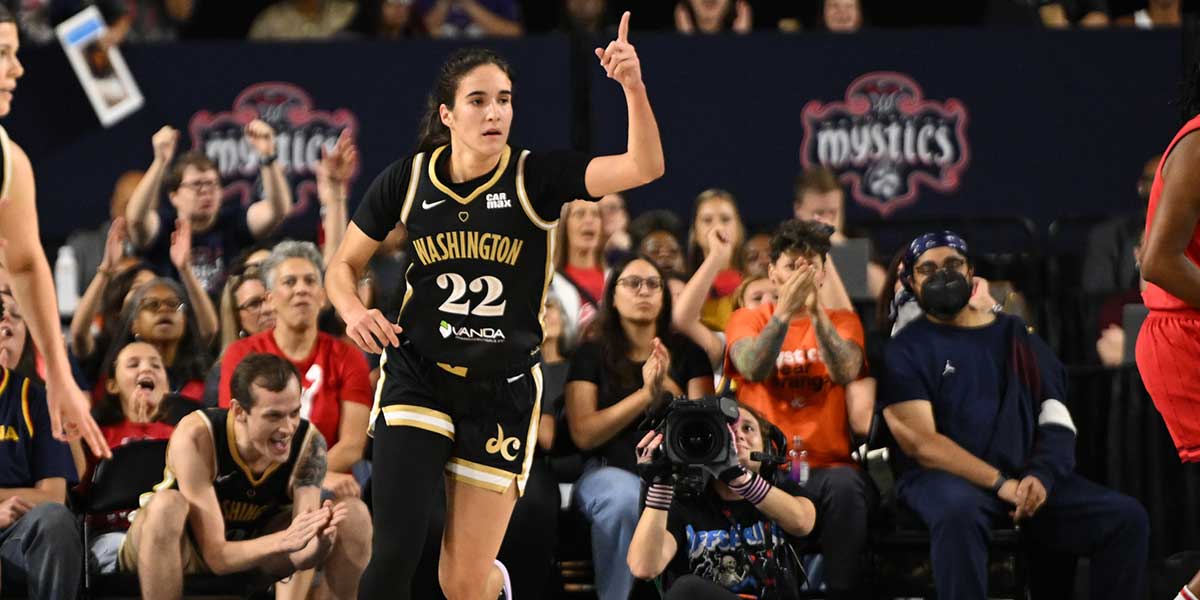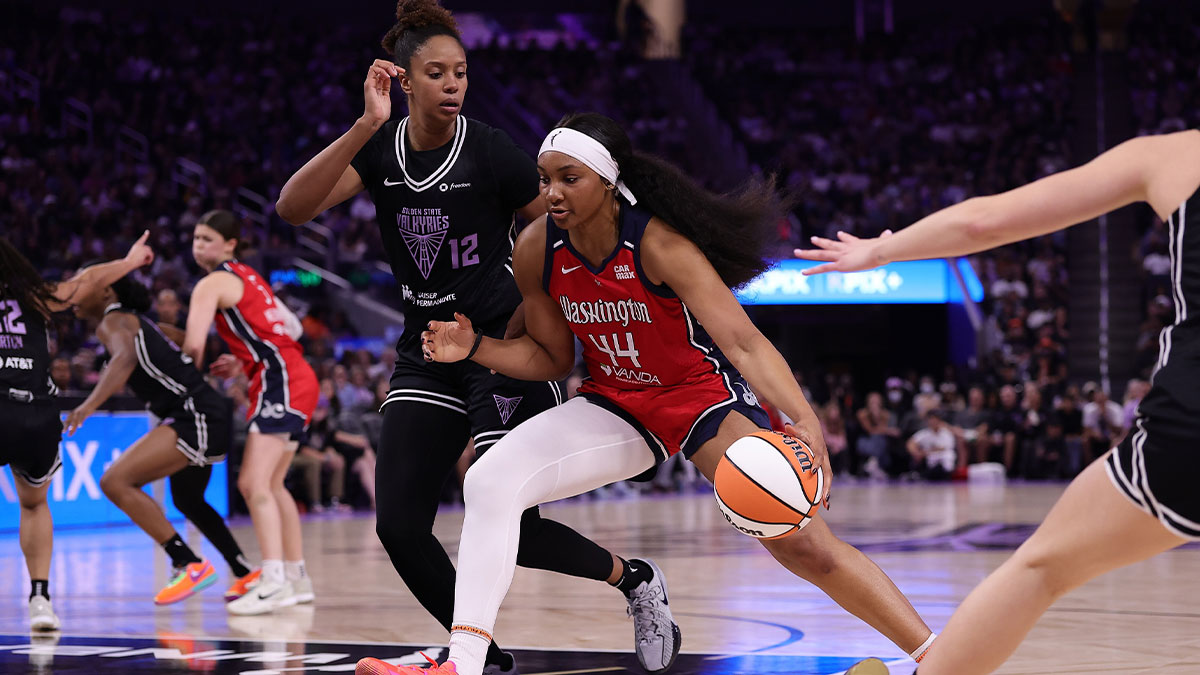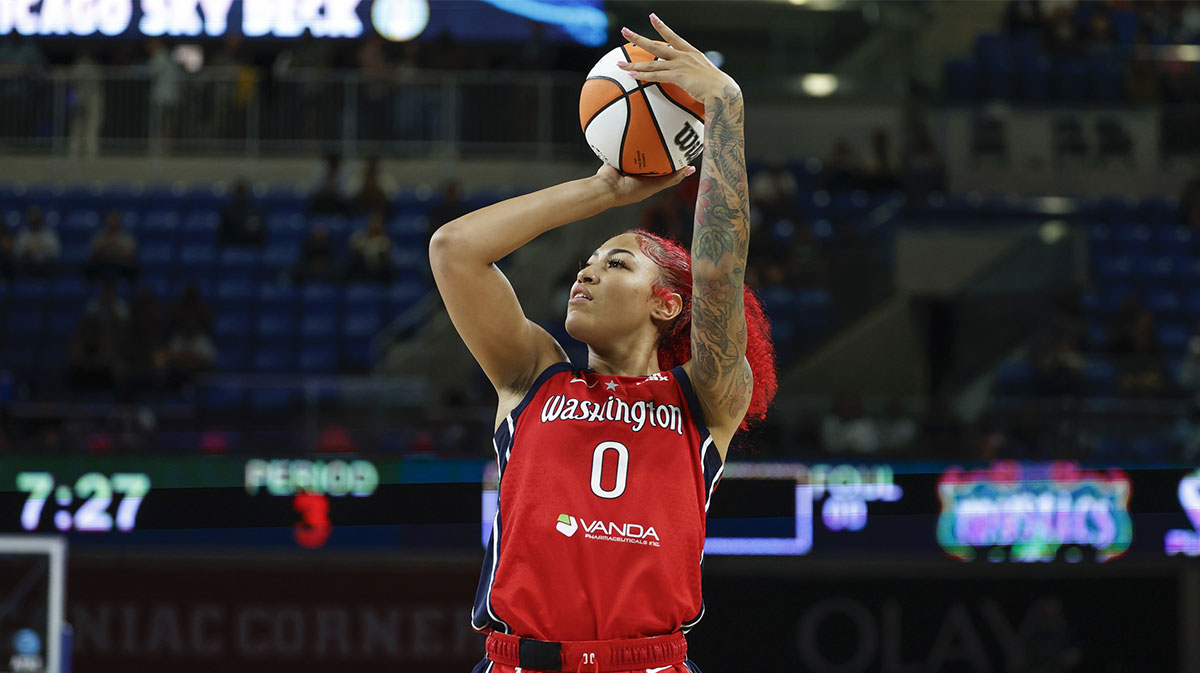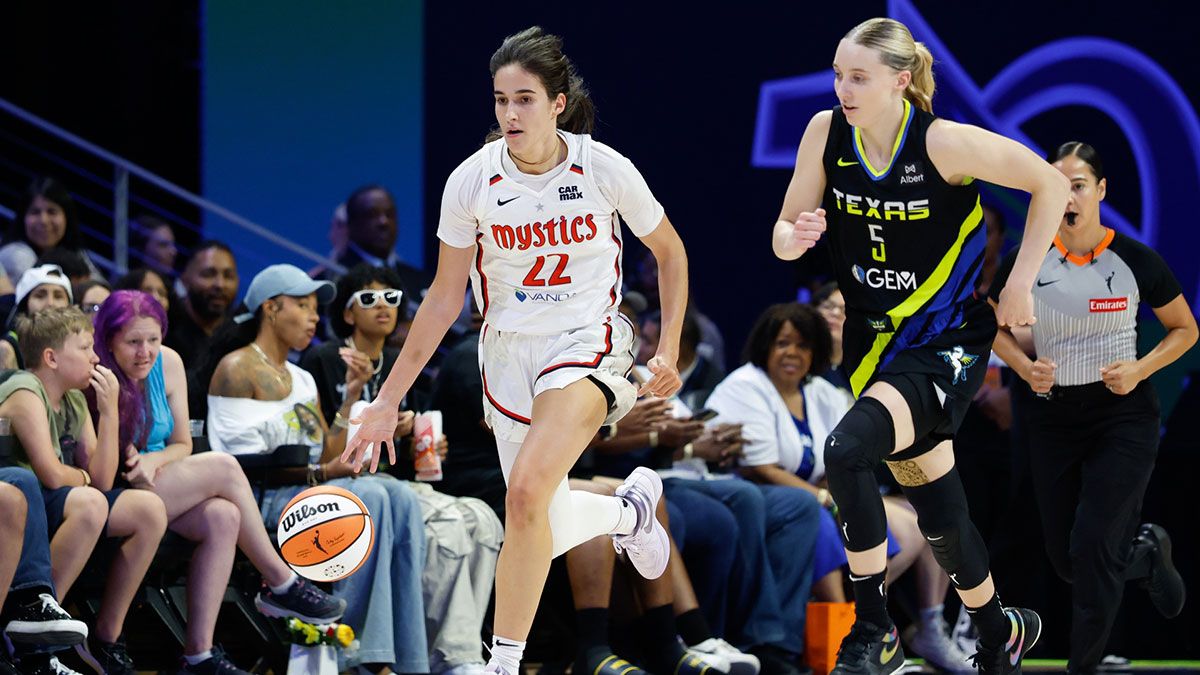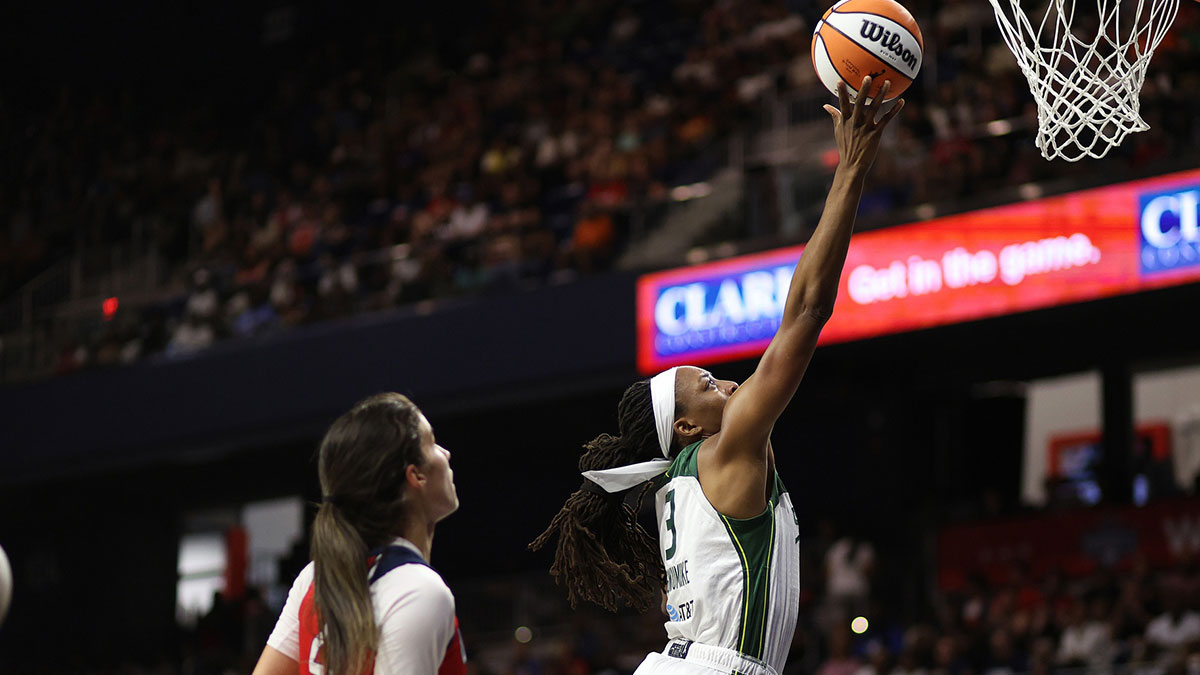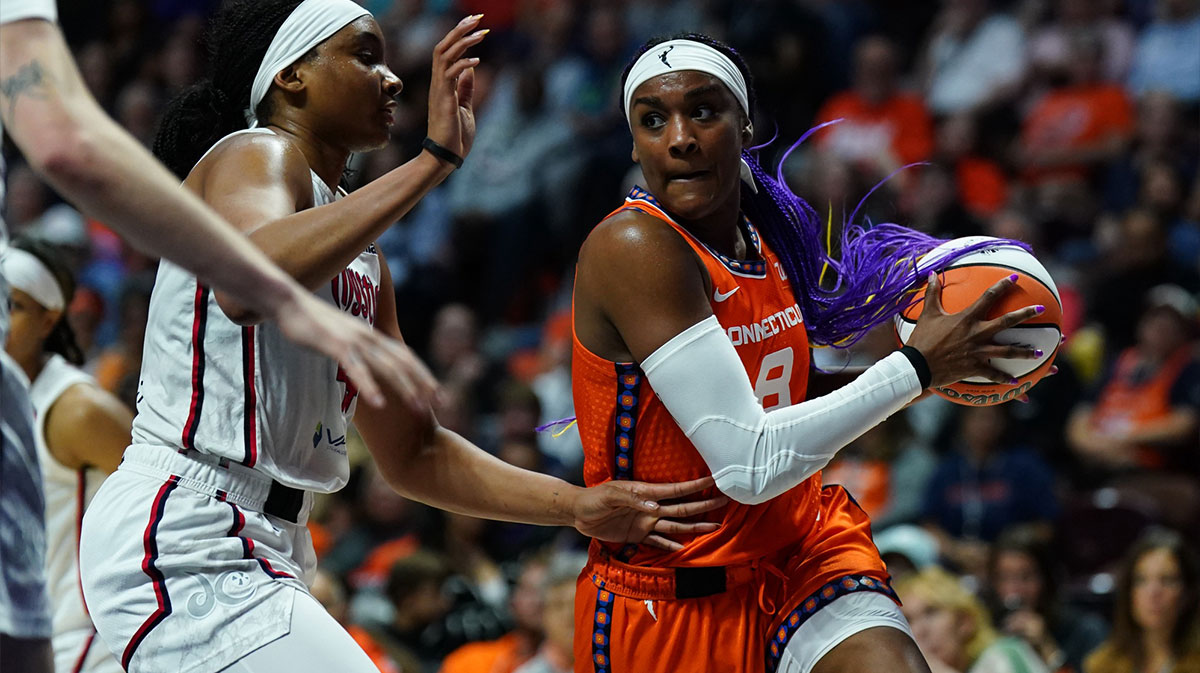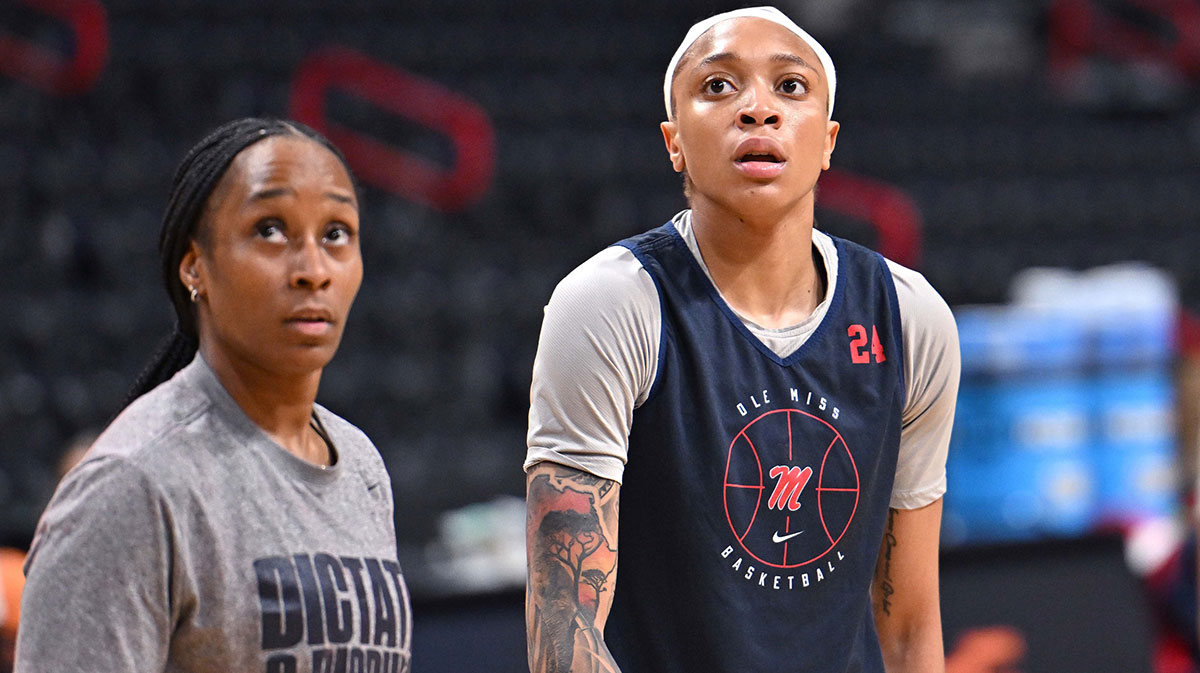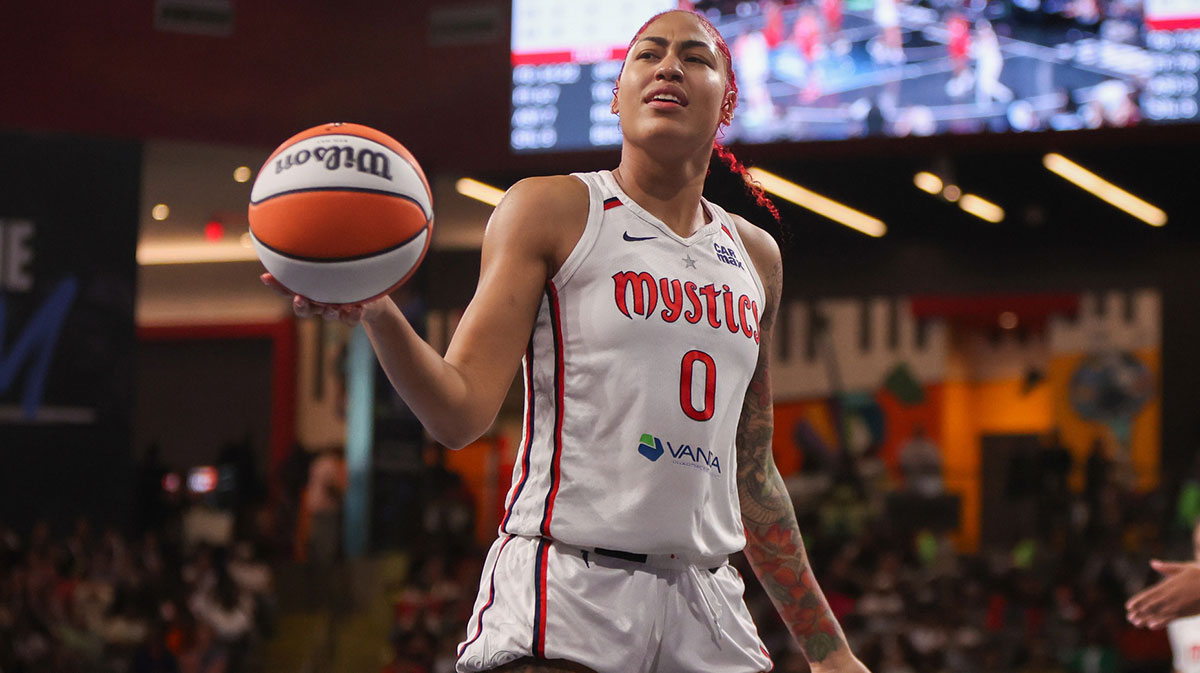The Washington Mystics entered the 2025 season hoping to claw their way back into the playoff picture. Instead of making a late-season push, though, they collapsed. Since the trade deadline, the Mystics have tumbled down the standings, dropping nine straight games and ending any realistic hopes of postseason contention. For a franchise with championship pedigree, it has been a humbling campaign. And yet, it's not without its silver linings. The emergence of a promising rookie duo and the looming return of another young star give fans a reason to believe. Still, the season’s biggest takeaway is clear: Washington must fix its offense if it wants to rise again.
The Mystics’ 2025 season so far
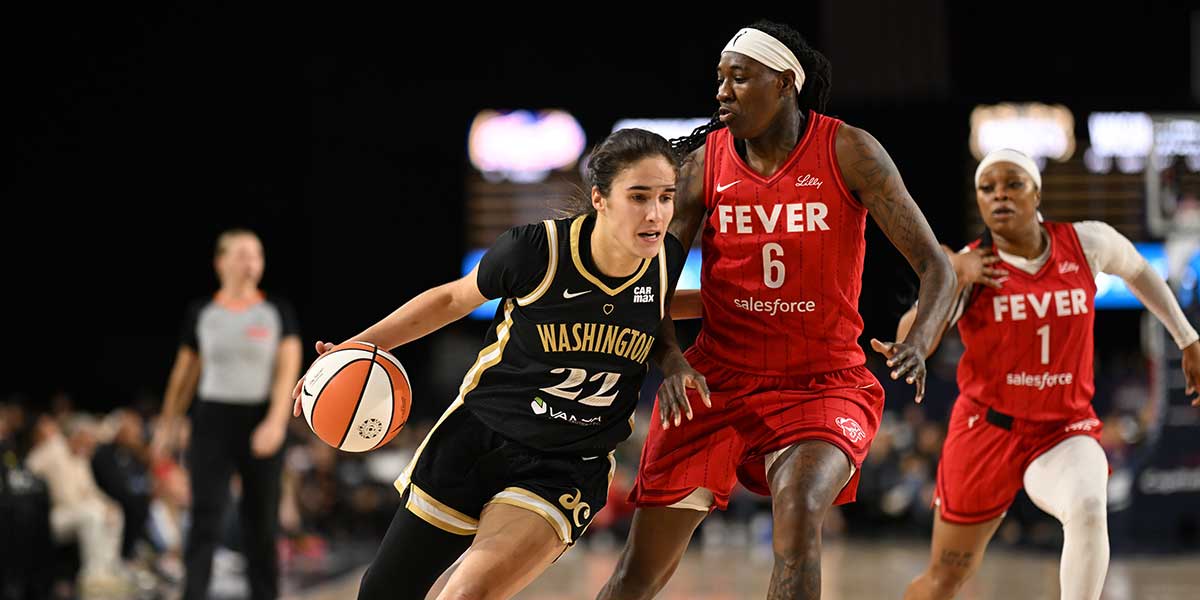
Once viewed as a team capable of challenging for a postseason spot, the Mystics now turn their focus toward the draft and the future. Yet, the season has not been without bright spots. Rookie guard Sonia Citron has emerged as a dependable scorer. Meanwhile, forward Kiki Iriafen has impressed with her rebounding and efficiency inside. Both have carved out places in the franchise record books. The expected return of No. 6 overall pick Georgia Amoore next season further strengthens a young core that offers hope for better days ahead.
Despite those individual highlights, the Mystics’ overall results tell a different story. With a 16-27 record and just fourth place in the Eastern Conference, the team showed glimpses of promise but struggled to sustain success. As management shifts its attention to 2026 and the free-agent market, one weakness stands out as the critical obstacle to progress. That's inconsistent offensive production and a lack of scoring depth. Until Washington addresses that flaw, its path back to playoff relevance will remain uncertain.
Here we will look at and discuss the fatal flaw that the Washington Mystics must fix before the 2025 WNBA playoffs.
Fatal flaw: Offensive inconsistency undermined the season
The numbers tell the story of Washington’s shortcomings. The Mystics have averaged just 77.4 points per game, ranking 11th out of 13 teams, while allowing 81.7 points on defense. That negative scoring margin highlights the imbalance. They have an offense too weak to complement a defense that, while competitive, wasn’t dominant enough to carry them.
The shooting percentages look passable on the surface: 43.9 percent from the field and nearly 33.0 percent from three. However, those figures mask the deeper issue of inconsistency. Washington too often went through extended scoring droughts, particularly against playoff-caliber defenses. Their lack of sustained offensive pressure has left them vulnerable in tight contests and unable to close out winnable games.
Citron (14.9 points per game) and Iriafen (8.7 rebounds, 49.0 percent FG shooting) provided bright spots. Still, the supporting cast rarely delivered consistent production. Without secondary and tertiary scoring threats, the offense became predictable. That made it easier for opponents to load up on the Mystics’ top options.
Why scoring depth matters for the future
The WNBA is evolving rapidly into a league where offensive balance is the defining trait of contenders. Look across the postseason field and you’ll find the same formula: multiple dependable scorers, a bench that can contribute without drop-off, and an ability to respond to defensive adjustments with versatile playmaking.
For the Mystics, their lack of scoring depth was repeatedly exposed. When Citron, Iriafen, or even Shakir Austin struggled, or when opposing defenses smothered them, Washington had no reliable fallback. This predictability often led to long scoring droughts that flipped competitive games into double-digit losses.
If Washington wants to move beyond the rebuilding label, its path forward requires more offensive options. Bench scoring, improved efficiency, and better ball movement will all be crucial. Without those upgrades, the Mystics risk remaining trapped in the middle-to-lower tier of the standings. They would be unable to keep pace with the league’s offensive juggernauts.
Offseason priorities: Building a balanced, efficient offense
The Mystics’ front office has a clear set of priorities heading into the offseason. First, they must identify or acquire additional scoring contributors who can ease the burden on Citron and Iriafen. Washington needs players who can create their own shot and deliver in clutch moments.
Second, shooting efficiency must improve. Better accuracy from three-point range and a reduction in turnovers would immediately lift the team’s offensive flow. That will require both player development and roster upgrades with proven perimeter threats.
Third, enhanced playmaking is non-negotiable. Developing guard play that emphasizes ball movement and creativity will generate higher-quality looks for both the frontcourt and backcourt. Finally, the bench must become a reliable source of scoring. Strengthening depth is critical to diversifying the attack and maintaining intensity when starters rest.
By committing to these areas, Washington can transform its offense from an Achilles’ heel into a legitimate strength.
A foundation worth building on
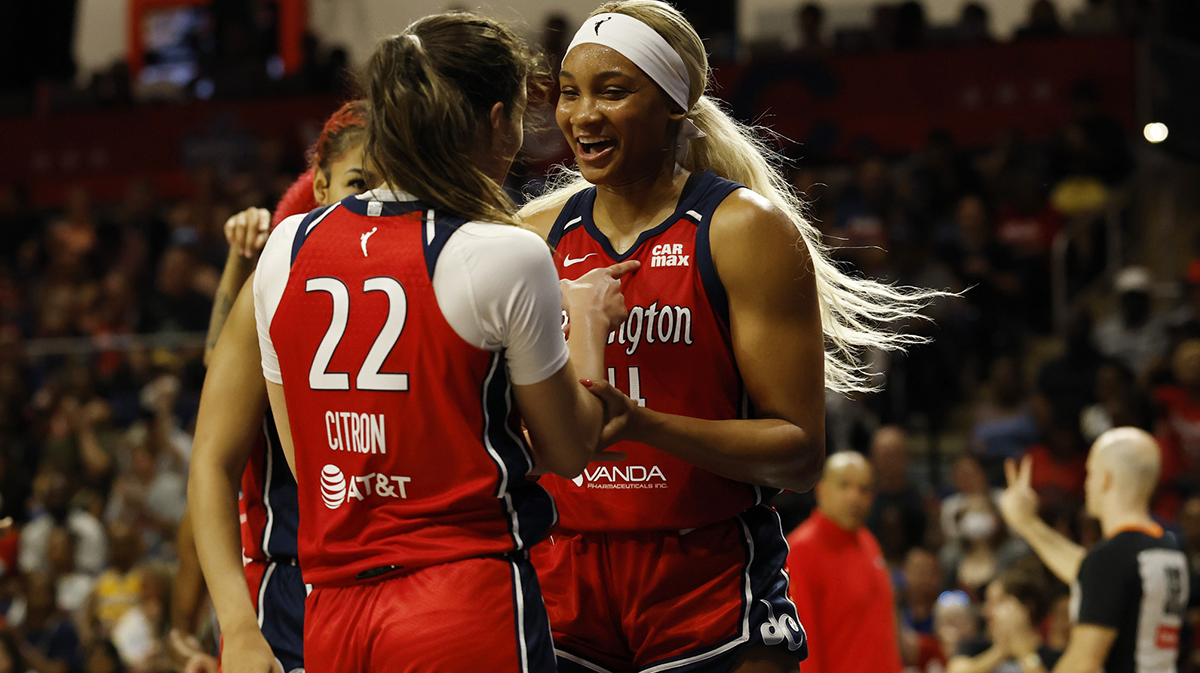
For all their struggles, the Mystics are not without hope. Citron has flashed star potential, Iriafen has anchored the frontcourt with toughness, and Amoore’s return promises another weapon in the arsenal. The franchise has a foundation of young talent and a chance to reset through the draft and free agency.
Of course, if Washington wants to return to playoff relevance, fixing the offense must be the priority. The defense is good enough to keep them competitive. Until they develop consistent scoring depth, though, they will remain vulnerable to the same pitfalls that doomed them in 2025.
The road back begins with turning potential into production. If the Mystics can surround their young core with efficient shooters, secondary scorers, and stronger playmakers, the 2026 season could mark the start of their resurgence. Otherwise, their fatal flaw will continue to define them—not as a contender, but as a team still searching for answers.







